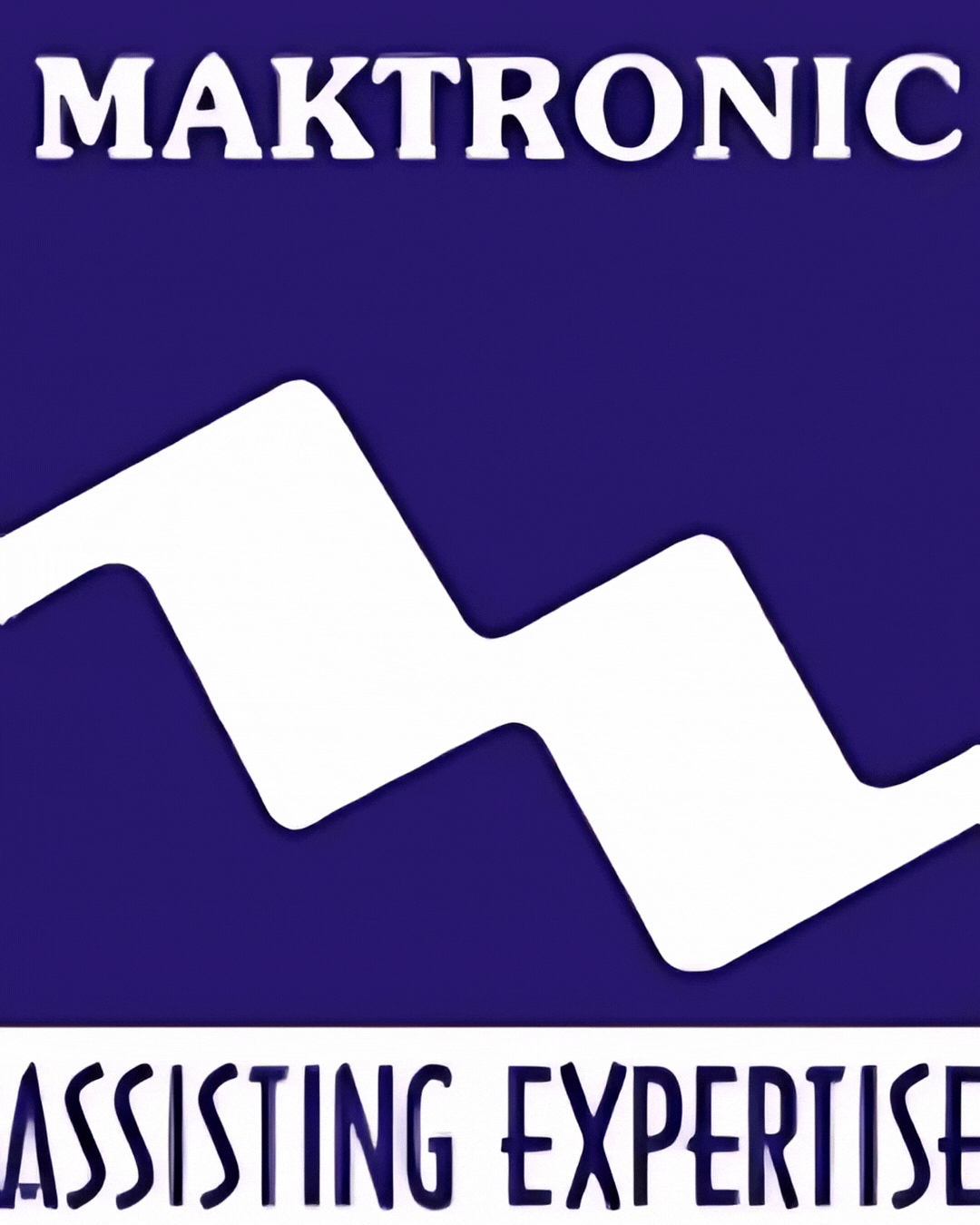MINI DRILL
Description
Mini Drill in Plastic Surgery – Detailed Description
A mini drill is a compact, precision surgical tool used in plastic and reconstructive surgery for delicate bone cutting, drilling, and contouring. It is particularly valuable in procedures involving fine bone structures where precision and control are crucial, such as craniofacial surgery, rhinoplasty, and hand surgeries.
Structure and Design
The mini drill is designed to provide accuracy, maneuverability, and safety in intricate surgical tasks. Key components include:
- Handpiece: Ergonomic, lightweight, and designed for comfortable handling to reduce surgeon fatigue.
- Motor System: Available in electric, pneumatic (air-driven), or battery-operated models for flexibility in surgical settings.
- Drill Bits (Burrs): Available in various shapes and sizes, including round, conical, and diamond tips for versatile applications.
- Speed Control: Typically operates at speeds ranging from 5,000 to 40,000 RPM for controlled bone cutting.
- Chuck System: Ensures secure attachment of drill bits for stability during use.
- Cooling System: Integrated irrigation ports to reduce heat buildup and prevent thermal injury to tissues.
Applications in Plastic Surgery
The mini drill is widely used in procedures that require precision drilling and bone refinement, including:
-
Craniofacial Surgery:
- Used for reshaping facial bones, correcting fractures, and performing delicate osteotomies.
- Ensures precise bone contouring with minimal trauma.
-
Rhinoplasty (Nasal Surgery):
- Ideal for refining nasal bones, correcting deviations, or reducing dorsal humps.
- Provides enhanced control for intricate nasal reshaping.
-
Hand and Finger Surgery:
- Used in procedures involving fine bone drilling for fractures, joint alignment, or implant fixation.
-
Ear Reconstruction (Otoplasty):
- Assists in modifying cartilage frameworks for improved ear aesthetics.
-
Dental and Maxillofacial Surgery:
- Effective for jaw realignment, implant preparation, and dental reconstruction.
Key Specifications and Features
-
Speed Control:
- Adjustable speed settings (typically 5,000 to 40,000 RPM) allow for tailored precision.
- Lower speeds for controlled drilling; higher speeds for rapid bone reduction.
-
Drill Bits (Burrs):
- Round Burrs: For precise bone smoothing and shaping.
- Diamond Burrs: For delicate polishing and fine detailing.
- Conical Burrs: For narrow spaces or precise contouring.
-
Size and Weight:
- Compact and lightweight, typically weighing 200-400 grams for improved control.
-
Sterilization Compatibility:
- Components are designed for autoclave sterilization to maintain surgical hygiene.
-
Safety Features:
- Integrated irrigation ports to prevent heat buildup.
- Some models feature auto-stop functions for added safety.
Benefits of Using a Mini Drill
- Offers precise bone cutting with minimal tissue trauma.
- Compact design enhances maneuverability in confined surgical areas.
- Reduces surgeon fatigue during lengthy procedures.
- Ensures faster recovery with minimal postoperative discomfort.
Precautions and Risks
- Overheating Risk: Adequate cooling (via irrigation) is essential to prevent heat damage to bone tissue.
- Soft Tissue Injury: Requires careful handling to avoid accidental injury.
- Infection Control: Strict sterilization protocols are necessary to minimize infection risk.
Conclusion
The mini drill is a vital tool in plastic surgery, enabling precise bone cutting, contouring, and drilling in delicate procedures. Its compact design, controlled speed settings, and range of specialized burrs make it ideal for enhancing surgical accuracy while minimizing trauma. With proper technique and safety measures, mini drills contribute significantly to improved aesthetic outcomes and patient recovery.


